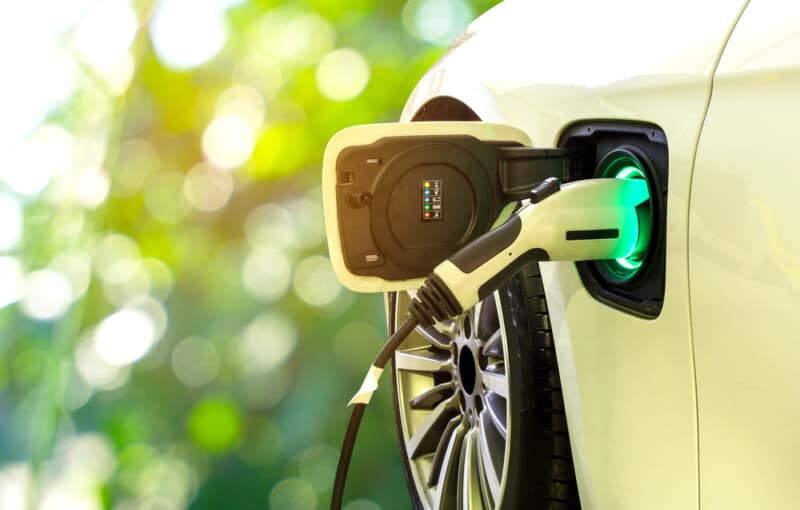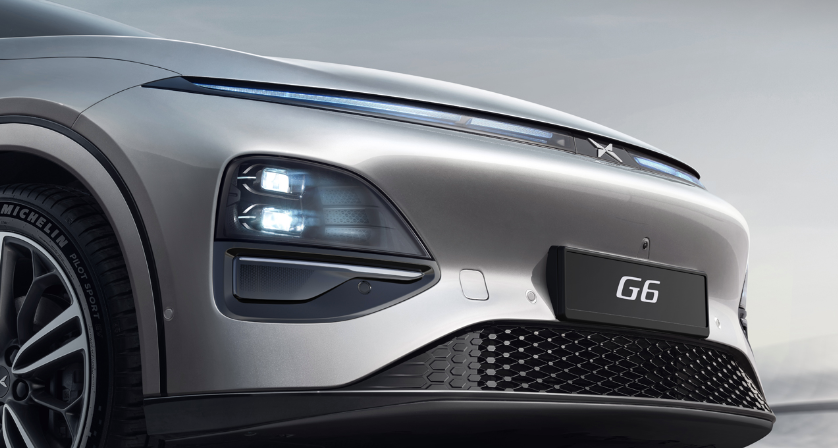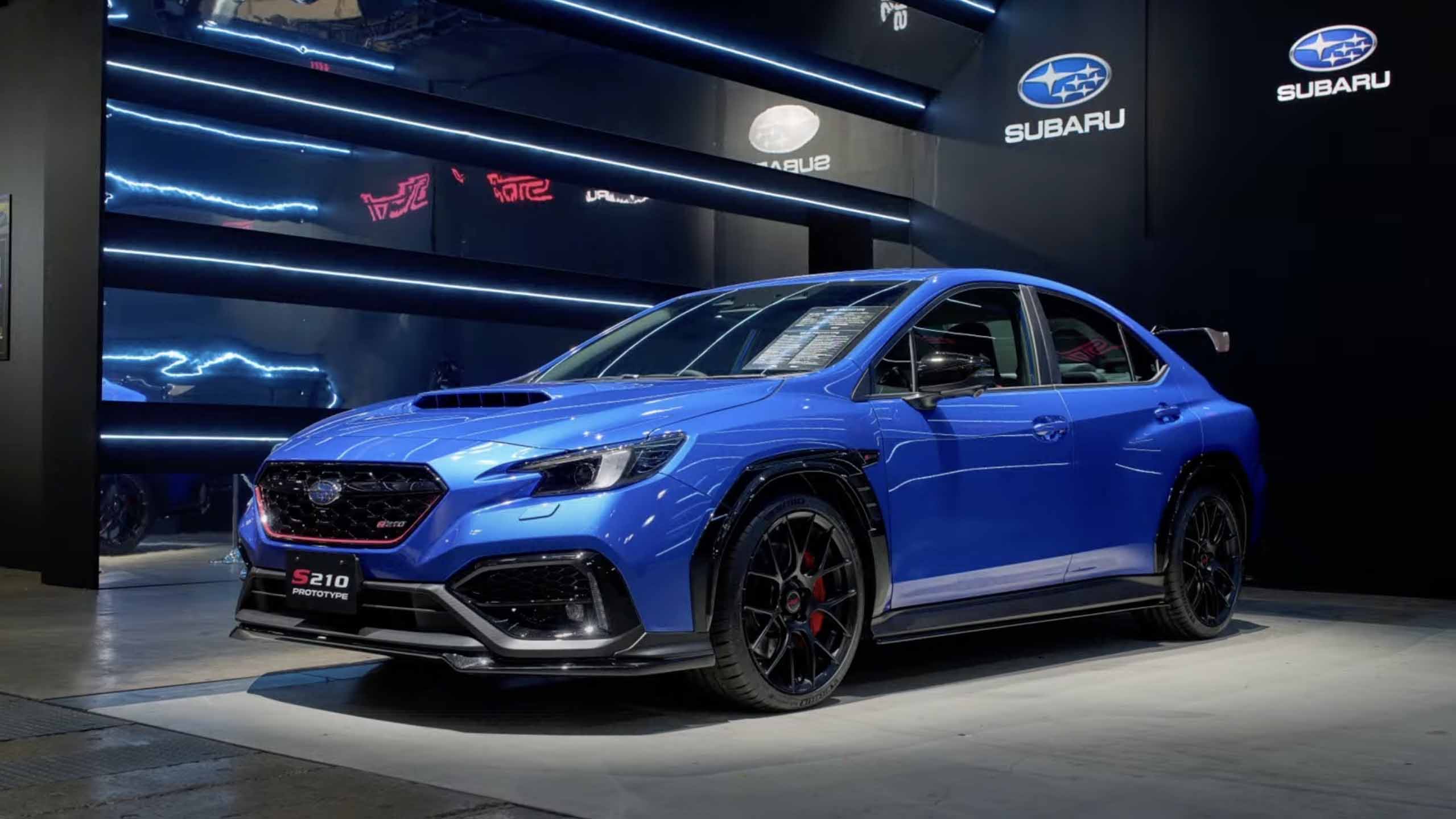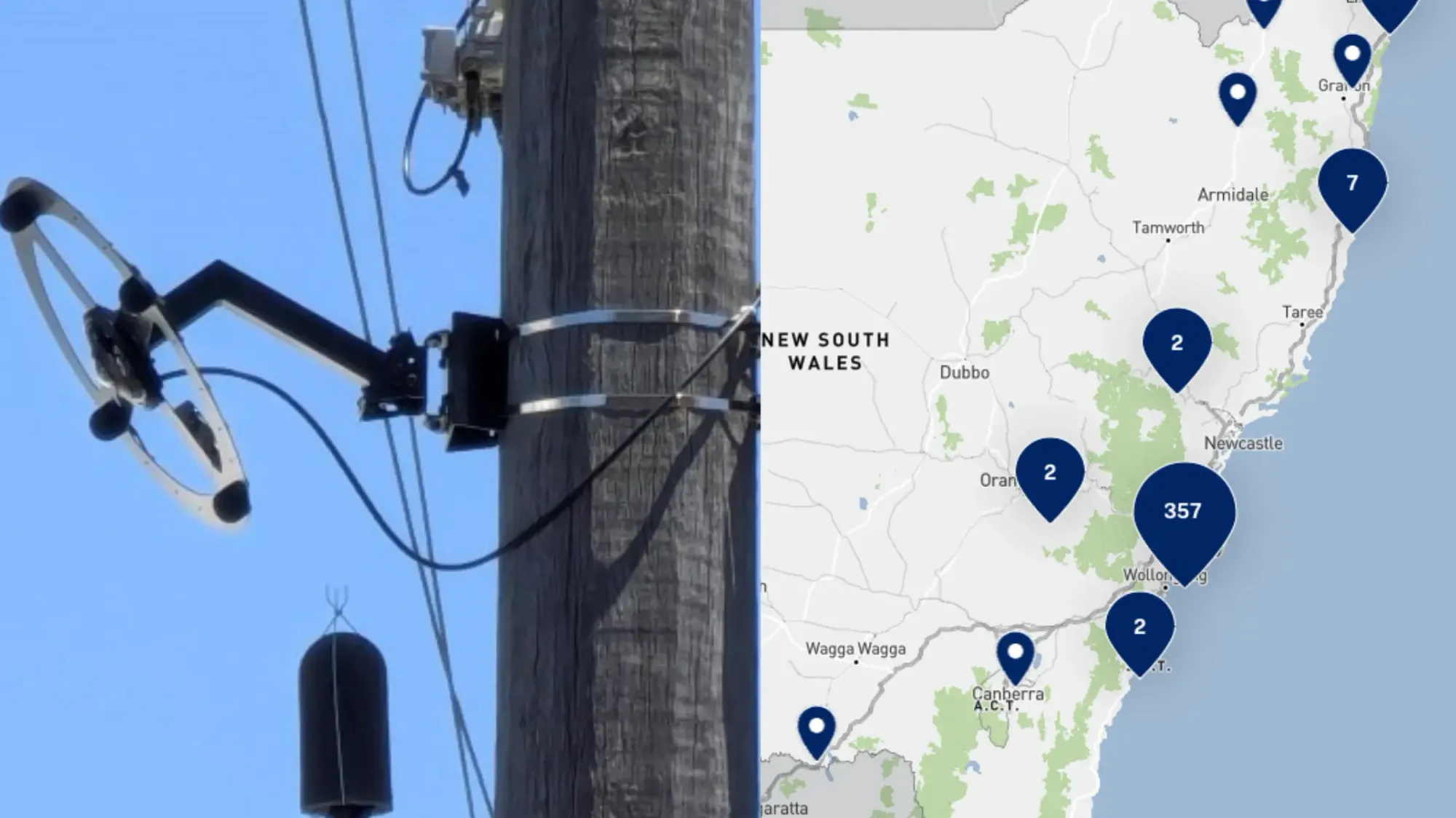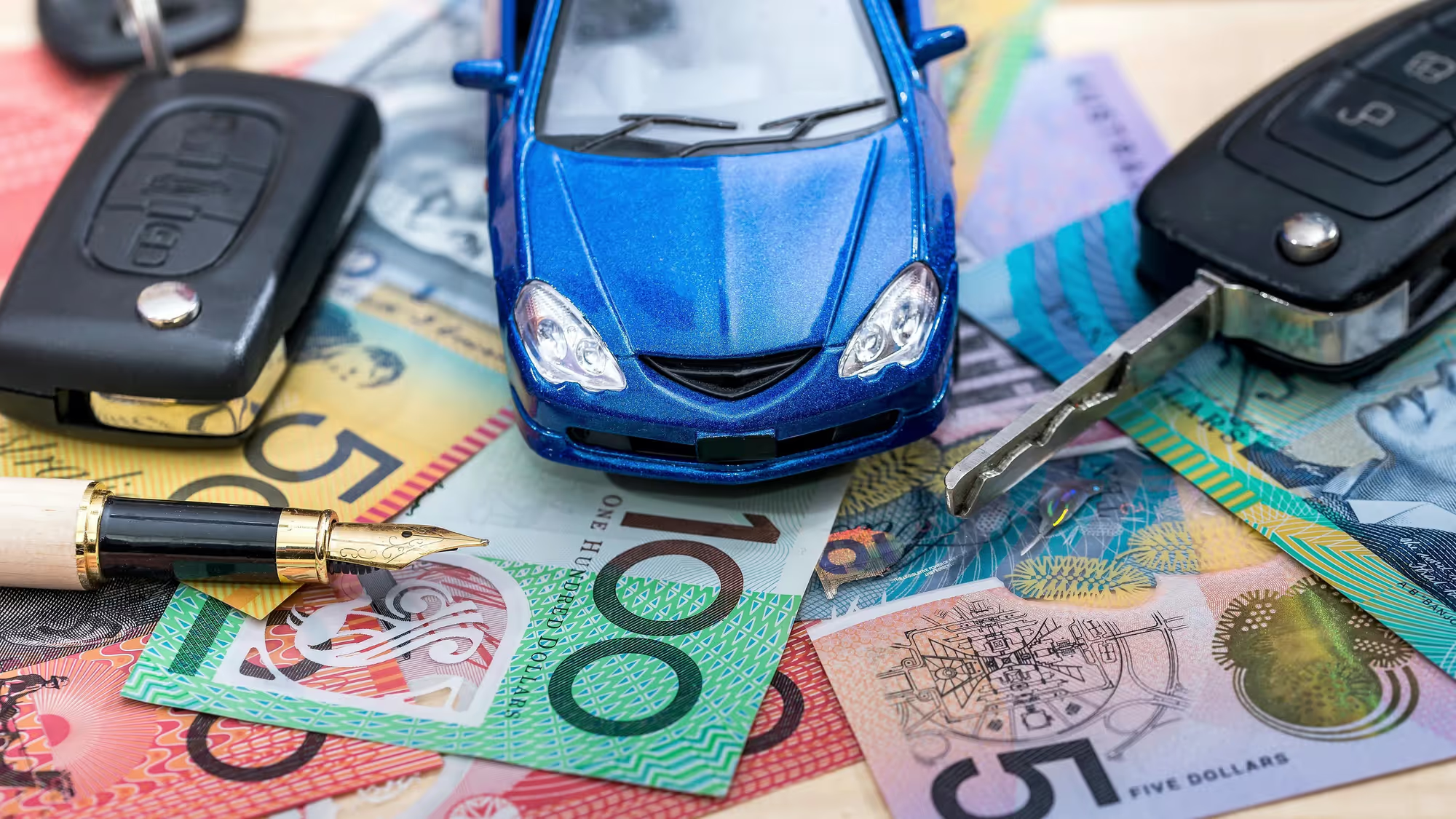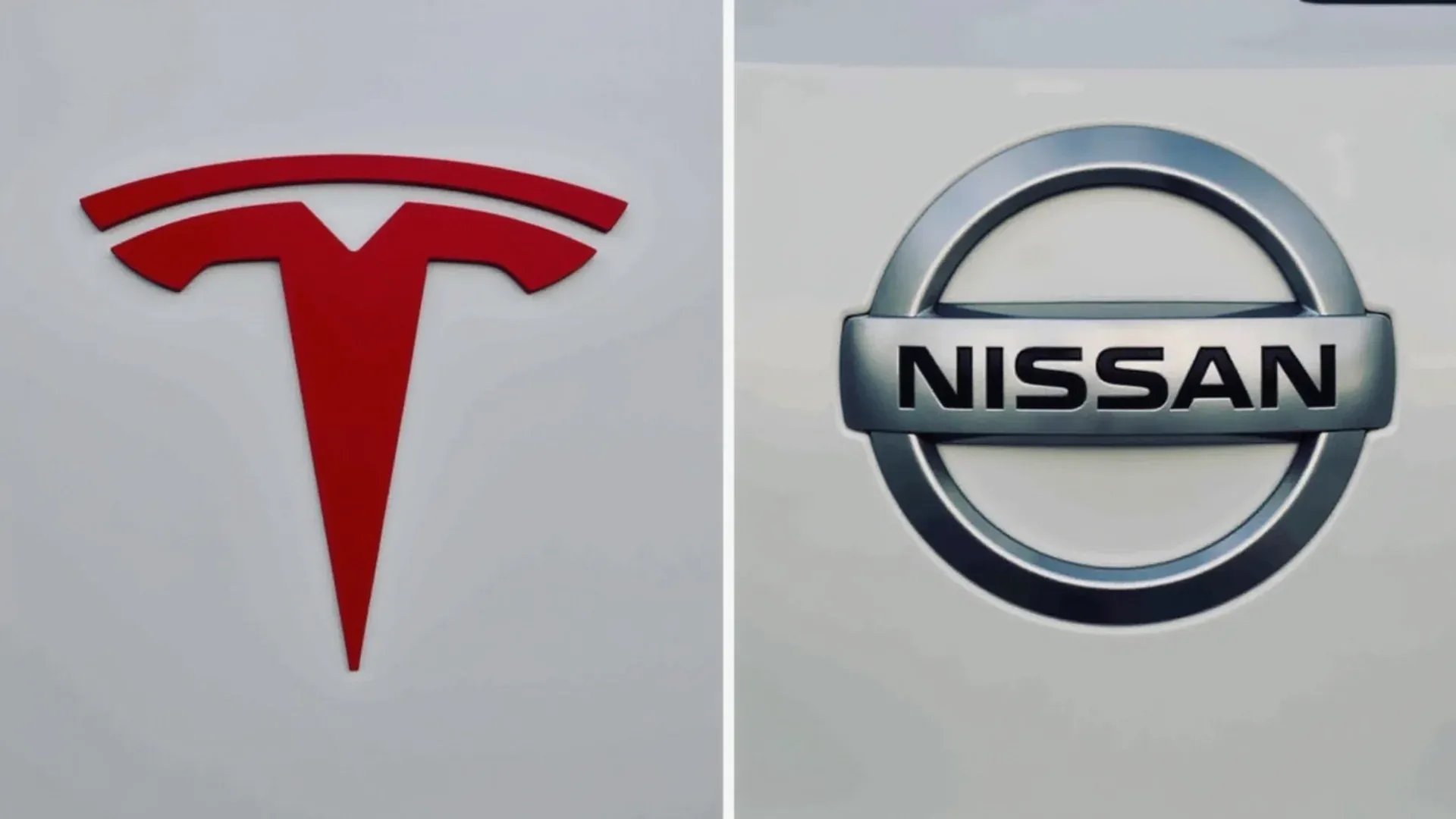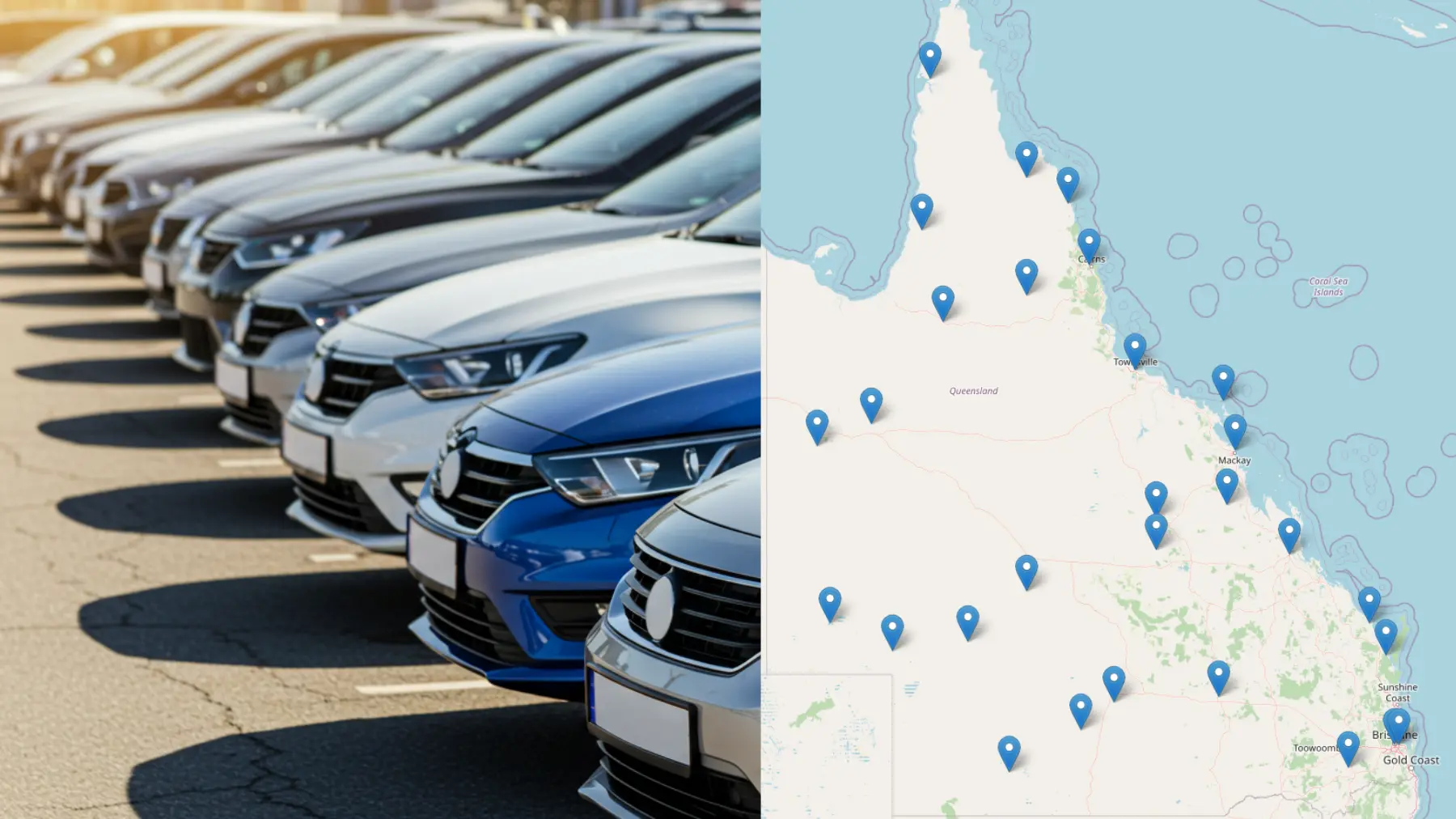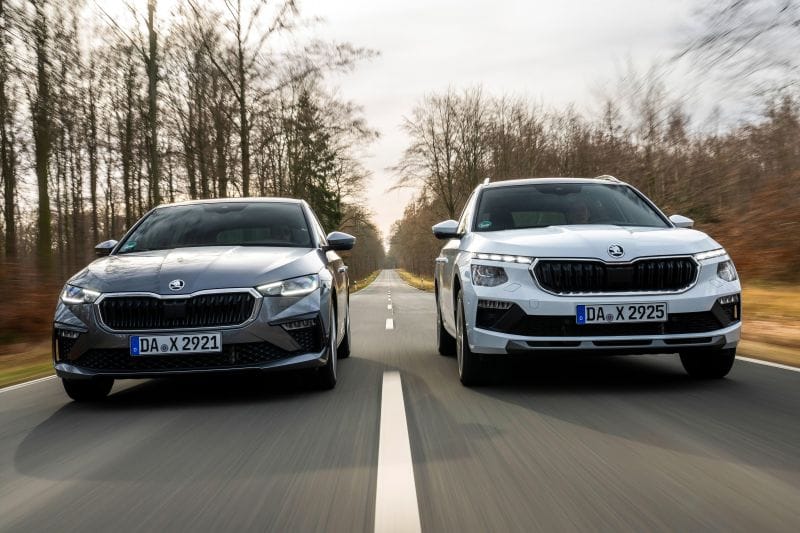The rollout of Queensland's Electric Vehicle (EV) charging infrastructure, particularly in inland areas, continues to face significant challenges and delays. The ambitious Queensland Electric Super Highway (QESH) project, initiated in 2017, has yet to fully materialize, leaving vast stretches of inland Queensland without access to public fast-chargers.

QESH Project Overview
- Announced in July 2017 as part of a $2 billion renewable energy and jobs fund
- Initially planned to span 1700km between the Gold Coast and Cairns
- Currently includes over 50 EV chargers from Coolangatta to Port Douglas along the coast
Phase 3 Expansion and Delays

- In June 2021, $2.75 million committed for 18 new rural charging sites
- Four key sites facing continued delays: Emerald, Rolleston, Injune, and Roma
- Gaps of up to 600km between public chargers on major highways
Revised Timeline
- Roma site: Expected commissioning in December 2024
- Injune: Planned for February 2025
- Emerald and Rolleston: Scheduled for April 2025
- Full Phase 3 completion (54 sites) projected by mid-2025
Challenges Faced
- Grid capacity issues (e.g., Kynuna site removed due to insufficient local energy network)
- Difficulties in site selection and approval
- Infrastructure and installation complexities
Impact on EV Adoption

- Potential discouragement of long-distance EV travel in inland areas
- Increased range anxiety for EV drivers
- Possible effect on consumer confidence in the state's EV readiness
The ongoing delays in Queensland's EV charging network rollout highlight the complexities involved in implementing large-scale infrastructure projects.
While the coastal regions have seen progress, the challenges in extending the network inland underscore the need for better planning and possibly more robust investment in grid infrastructure.
As Queensland strives to support the growing EV market, addressing these hurdles will be crucial in ensuring that the state's ambitious vision for a comprehensive EV charging network becomes a reality.



